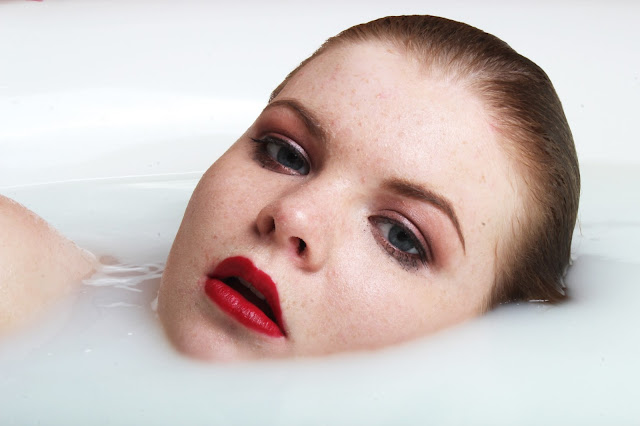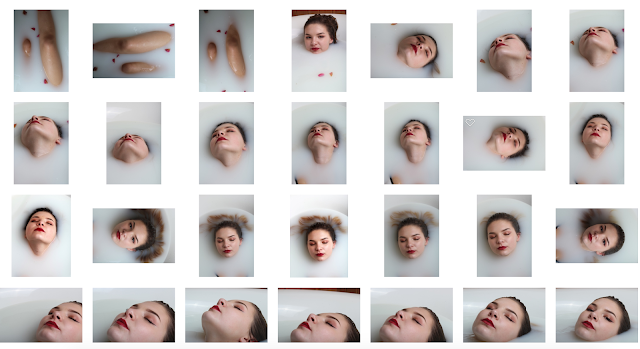Nick Taylor's mediums of choice include 35mm film to DSLR cameras. He strongly believes in getting the image right in-camera and on-location and therefore never applies any heavy digital manipulation to his photos through the use of Photoshop or any similar program.
Taylor took these photos in his aunt's old barn in Utah, USA. He chose to use black and white film for this shoot as "I love the way old places like this basically turn monochrome with time. Dust and rust slowly engulf everything until the wooden things and the metal things become the same hue. It allows the shapes and details to show through without the distraction of colour."

These are my photos inspired by Nick Taylor's work
I am lucky enough to have my own ‘aunt of all things rusty’
in my neighbour Edgar. He is a third generation farmer and the workshop’s
contents are a testament to the concept of repurpose and reuse. Like Taylor’s
aunt’s barn, Edgar’s hoarding provides disjointed but strangely beautiful
displays of naturally curated tools and components against a background framework of wood and corrugated metal cladding.
To the untrained eye, the
contents are a jumbled mess of rusty and tarnished metal but, on closer
inspection, you realise everything has its place. Tools are hung together by
type and size; new and reusable bolts huddle together alongside the tools to
manipulate them; and, the rust and dust, grease and grime provide continuity across
every surface.
The spanner in the first image caught my eye as I wandered
around the workshop. Reflecting the translucent colours of oil floating on
water, it seemed an apt image to capture in the greasy workshop environment. I
took a colour picture and sampled the spanner to leave it as an isolated colour
element in an otherwise monochrome image.
I used natural light for my images. Presenting the images in
black and white certainly lent itself to the photographic interpretation as it
allowed the key elements to stand out against the background rather than becoming
lost. I took the image of the open doorway to suggest the workshop is a hidden world of intrigue and treasure into which only the few may enter. Finally, I applied a sepia filter to the final image in Photoshop, in homage
to the rusty brown artefacts shown in the image.
SaveSave
SaveSave


































